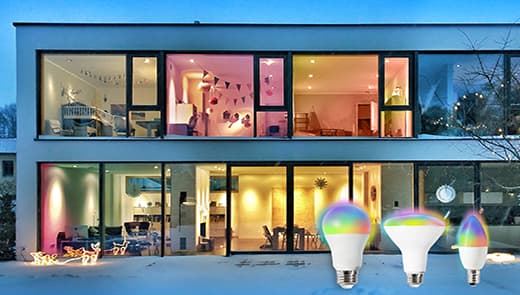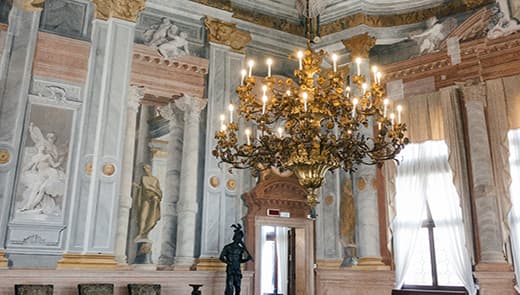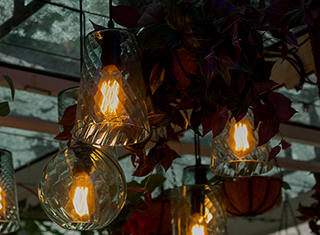Analysis on the application of heating and heat dissipation coatings for LED lamps
As LED technology has received widespread attention as a new LED light heat generation of lighting technology in recent years, LED power has increased, and heat dissipation has also been paid more and more attention. Researchers have long-term observations and found that this is because the light decay of the LED or its life span is directly related to its junction temperature. If the LED heat dissipation is not good, the junction temperature will be higher and the life span will be short.
Unlike the incandescent lamps and fluorescent lamps used in the past, their energy loss is large, but most of the energy is radiated directly through infrared rays, and the light source generates less LED heating; while LEDs, except for the energy consumed as visible light, another energy is converted Became hot. In recent years, electronic products have gradually developed toward high density and high integration, and LED products are no exception. Therefore, solving the problem of LED heat dissipation has become a major problem in improving LED performance and developing the LED lighting OEM industry today.
Causes of LED heating
The reason why the LED heats up is that the added electric energy is not all converted into light energy, but part of it is converted into heat energy. The luminous efficiency of LED is currently only 100lm/W, and its electro-optical conversion efficiency is only about 20-30%. In other words, about 70% of the electrical energy is turned into heat. Specifically, the LED junction temperature is caused by two factors:
The internal quantum efficiency is not high, that is, when electrons and holes are recombined, 100% of photons cannot be generated. It is usually called "current leakage" that reduces the recombination rate of carriers in the PN region. The leakage current multiplied by the voltage is the power of this part, which is converted into heat energy, but this part does not account for the main component, because the internal photon efficiency is now close to 90%.
The photons generated internally cannot all be emitted to the outside of the chip and finally converted into heat. This part is the main one, because at present, the so-called external quantum efficiency is only about 30%, and most of them are converted into heat.
There are mainly the following heat dissipation methods:
Aluminum fins: This is the most common way to dissipate heat. Aluminum fins are used as part of the housing to increase the heat dissipation area.
Thermally conductive plastic shell: Fill the plastic shell with thermally conductive material during injection molding to increase the thermal conductivity and heat dissipation capacity of the plastic shell.
Aerodynamics uses the shape of the lamp housing to create convective air, which is the lowest-cost way to enhance heat dissipation.
The inside of the fan lamp housing uses a long-life and high-efficiency fan to enhance heat dissipation, which is low in cost and good in effect. However, it is more troublesome to change the fan, and it is not suitable for outdoor use. This kind of design is relatively rare.
The heat pipe uses heat pipe technology to conduct heat from the LED chip to the heat dissipation fins of the housing. This is a common design in large lamps, such as street lamps.
Surface Radiation Heat Treatment
The surface of the lamp housing is treated with radiation heat. The simple method is to apply Flint radiation heat dissipation paint, which can take the heat away from the surface of the lamp housing by radiation. Flint is a professional smart light bulb manufacturers for many years. Our bulk edison bulbs's excellent performance can avoid this problem.
Realted blog
Related Led Bulbs
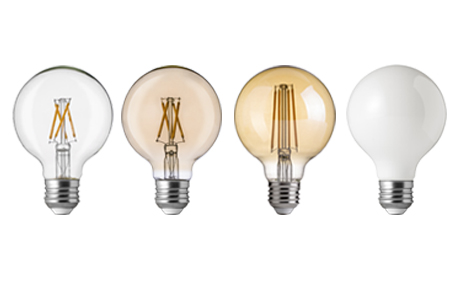
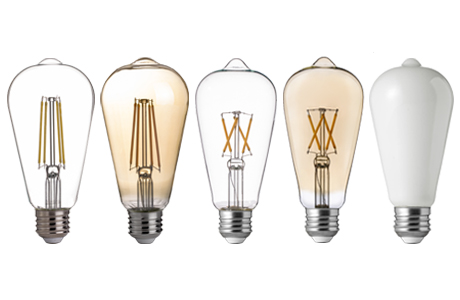

 English
English  français
français  Deutsch
Deutsch  Español
Español  italiano
italiano  русский
русский  dansk
dansk  Polska
Polska  Svenska
Svenska  Ελλάδα
Ελλάδα  Nederland
Nederland 

